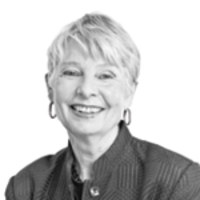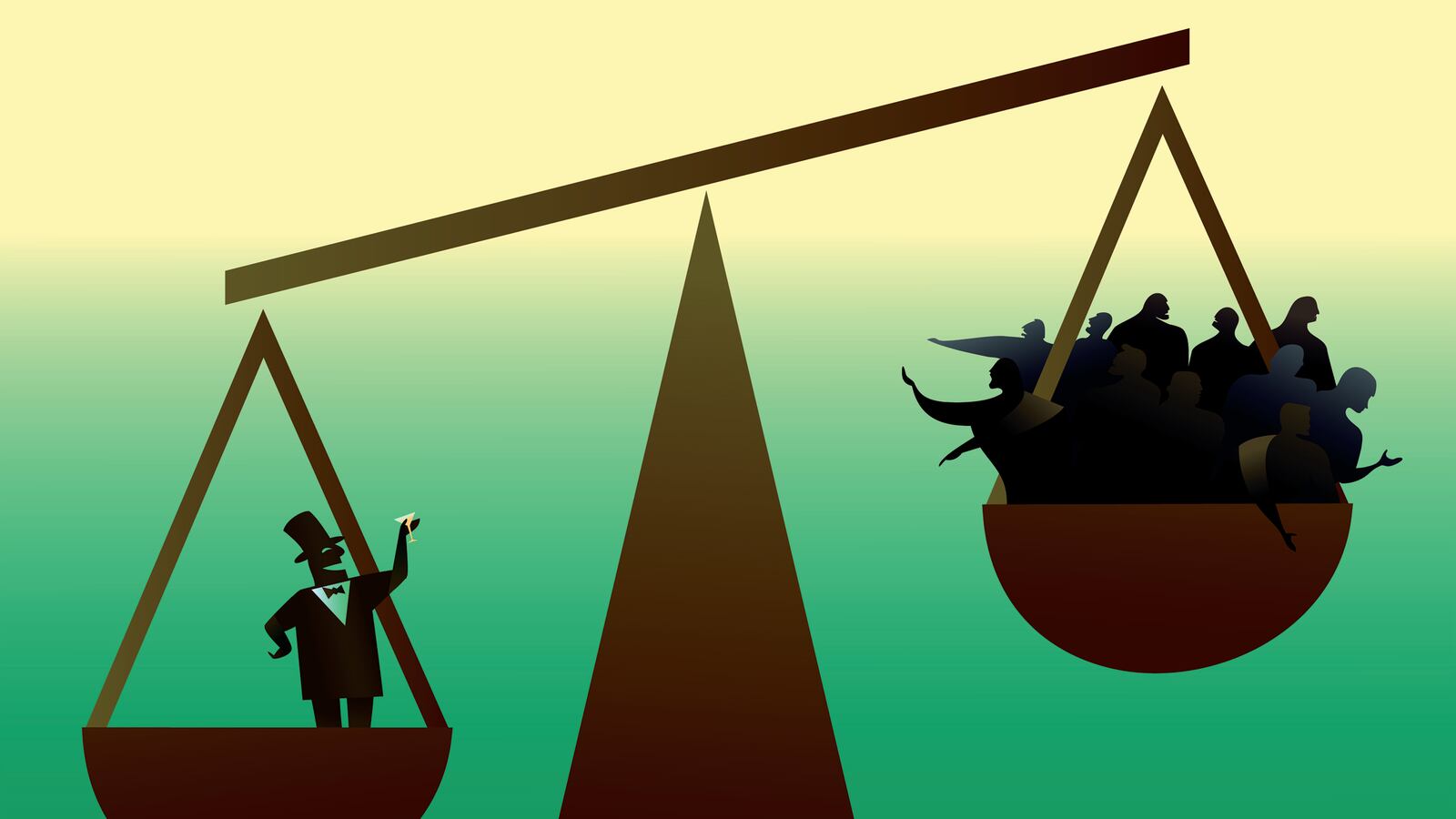Liberal Harvard professor Robert Putnam and self-described “Grinch” Charles Murray may be ideological opposites, but both agree it’s time to invest more in helping poor kids succeed.
“I’m a libertarian, I don’t do solutions,” Murray said, partly for laughs, at a noontime discussion held at the American Enterprise Institute in Washington. But he agrees with Putnam that that extracurricular activities should be free in public schools, that poor kids who do dumb things should get the benefit of the doubt like their affluent peers, and that pre-school is a good way to take poor kids out of a punishing environment even when, in his view, the outcome 20 years down the road doesn’t justify the expenditure.
“Government has a lot worse ways of spending my money,” he said.
Still, Murray said that, even if society did all the things Putnam calls for, little would change. He said that this is because the “opportunity gap” between rich and poor “is driven by larger forces that his policy prescriptions can’t do anything about.”
Murray and Putnam have different interpretations of those larger forces, everything from globalization to the breakdown of family structure. But their agreement on some potential policies speaks to the enormity of the challenge facing the country as the current flock of presidential candidates grapple with increasing economic inequality and its social costs.
Though Putnam and Murray come from opposite ends of the political spectrum, they see the same big trends, and they agree that the disparity is less about race than it is about class. One indicator is that inter-marriage rates are rising and “we tend not to marry people we don’t know,” Putnam said to a smattering of delayed laughter, explaining this is important “because people of a marriageable age are more likely to encounter people of another race or religion.”
Fewer encounters occur across class lines, and the thesis that Putnam lays out in his new book, Our Kids: The American Dream in Crisis, finds a growing divide between rich and poor, with rich defined not as the top 1 percent but the upper third of society where parents and children are college graduates.
“Raise your hand if you have a college degree,” he told the crowd of mostly young. Almost every hand went up.
“When I say rich, I mean you,” he said.
The money affluent parents invest in their kids for summer camp, piano lessons, and trips to France has skyrocketed to nearly $7,000 per kid per year, while there’s no increase in the lower two-thirds of families. Putnam calls it the “summer camp gap.”
The amount of time parents spend reading to children has increased many multiples for middle- and upper-middle-class families, with huge implications for brain development. Meanwhile, activities for public school kids that 20 years ago were free, like football, band, and chorus, now carry a price tag.
A parent with an income of $200,000 has no problem with this arrangement. But if you have an income of $16,000, and you have two kids, two semesters can set you back $1,600, Putnam said. “Who in their right mind would pay 10 percent of their income for their kids to take part in athletics or band?”
Putnam gained notice with his 2000 book, Bowling Alone, which describes the decline in civic engagement. Our Kids is a natural extension of his view that the American Dream should be for everybody, not just for those who can afford it.
“All kids do dumb things,” he says, and if you’re from an affluent home and you get into drugs or back the car into a neighbor’s garage, “air bags instantly inflate.” When a poor kid does something dumb, there are no air bags, he says. An incident that for a rich kid can be a learning experience ruins the life of a poor one.
What can be done? Putnam lays out in the last chapter of his book a set of incremental changes, what he calls “purple policies,” to better prepare poor kids. They include early childhood education and community college “on ramps.” He also calls for parenting coaching, which he said is a practical implementation of Murray’s observation that upper-class parents tend to have the most stable marriages, and we should be “preaching what they practice.”
Murray quipped that if policymakers really want to make a difference they would advocate “adoption at birth and high-quality orphanages” for poor kids, a line he delivered for maximum shock value before immediately taking it back as something he would of course never advocate. He gained notoriety 20 years ago with his book The Bell Curve, which elevated IQ as a determining factor in racial and class differences. During the discussion, he noted that at his recent 50th reunion at Harvard, the class bios reveal all the “gilt-edged guys marrying gilt-edged gals.”
Rich people marrying other rich people, and smart people producing smart people, shouldn’t be a surprise. But big changes have been produced by something other than genetic endowment, Putnam countered. “You can’t argue policy is irrelevant. It’s now the case in America rich dumb kids are more likely to graduate from college than smart poor kids…. It’s not fair.”
Murray calls Putnam’s book “required reading,” and said that on “equality of opportunity, I could not agree more.” Outcomes are another matter, and Murray said his controversial genetic-based theories are no more radical than telling any parent of more than one child how little impact they have in how differently their children turn out.
In his book, Coming Apart: The State of White America, Murray calls for a “Civic Great Awakening,” which he envisions as the new richer, smarter upper class proselytizing for traditional moral virtues.
Given the cultural tolerance associated with the elites that Murray extols, the civic Great Awakening that he thinks the country needs has “as much chance of happening as Bob’s purple policies,” he said. “I hope for a better outcome; I do not expect it.”
Putnam is more optimistic. “It’s very hard to accept that the way kids turn out is beyond our control,” he said, and he thinks Murray’s parenting programs could work on a large scale. And when we have something the left likes, and something the right likes, maybe public policies will emerge to address the economic disparity and the growing opportunity gap that is now the crisis of our time.






